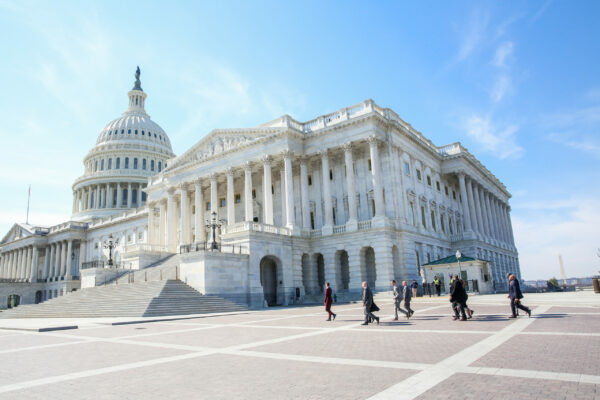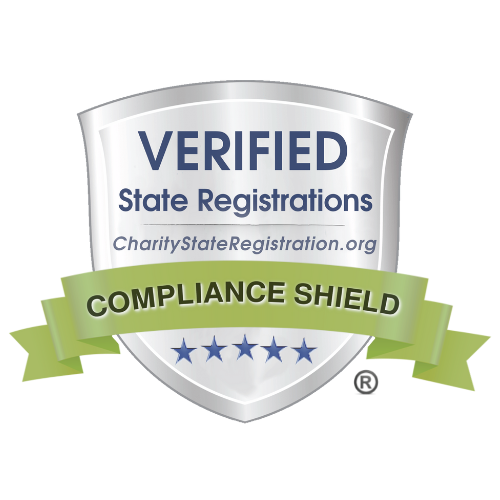IAVA | September 6, 2017
Read: Understanding Unemployment: August 2017 Report

Just the Numbers, Please
Not even Hurricane Harvey could stop the Bureau of Labor Statistics from releasing the August 2017 Employment Situation (really, read their message on the storm here). Overall, unemployment has remained low and stagnant at 4.4 percent, up from 4.3 percent last month. Veteran unemployment continues to trend below the national average at 3.7 percent and Post-9/11 veterans remains below the national average at 4.2 percent.

Broken down by gender, male post-9/11 veterans had a 3.5 percent unemployment rate while post-9/11 women veterans’ unemployment spiked to 7.4 percent.
Wait a Minute…
If we reach back to our July 2017 unemployment numbers, we will remember that last month, post-9/11 women veterans faced an unemployment rate of 3.6 percent. In one month, the unemployment rate for post-9/11 women veterans jumped almost 4 percentage points. That jump means that either post-9/11 women veterans became unemployed at a much faster rate than their civilian counterparts (which showed no change in unemployment for women 20 and over) or there is something going on with these numbers.
To end the suspense: yes, something is going on with these numbers; no, post-9/11 women veterans are not dropping out of the workforce in huge numbers, causing this spike; and let me be clear, the Bureau of Labor Statistics (BLS) is not incorrect and is not fudging the math.
This is the hard part about numbers, and more specifically, statistics. Every month, the BLS goes out and surveys thousands of Americans on their employment status. They take those numbers and translate them into percentages that they use to represent the population as a whole. We do this all the time: in public opinion surveys, in voting polls, and even in contests such as, “Choose Your Favorite Chip, America!”
But, because the BLS survey is random, it never surveys many post-9/11 women veterans. So the unemployment percentage we are left with is drawn from a very small number of post-9/11 women veterans. Unfortunately, the smaller the number of people sampled, the more fluctuation we will see on a month to month basis. The numbers are correct and they fall within a certain range that we can be fairly certain is right, but the fewer people we ask, the wider that range becomes.
Unless the survey had many more post-9/11 women veteran respondents, we can expect to see these large changes in unemployment numbers month to month.
IAVA is Closing the Gap
IAVA knows that women veterans often do not get the attention, resources, or benefits they earned. A lack in gender-specific research and gender-specific program evaluation means that many times we do not know how programs are working for women veterans. Our She Who Borne the Battle campaign highlights the important role of women veterans in our society — from our workforce to our movies to our politics. As part of our She Who Borne the Battle campaign, we are advocating for gender-specific research through the Deborah Sampson Act.
Join us by showing your support for our #SheWhoBornetheBattle campaign and tell your Senators and U.S. Representative to support the Deborah Sampson Act here.





